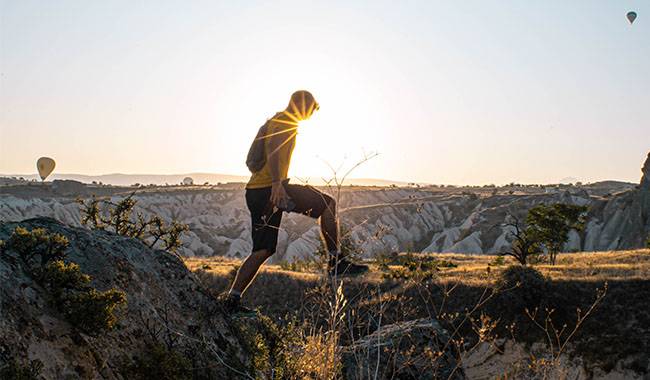
For physicians, interested non-medical personnel, and those performing medical duties on camping and expeditions. If you are new to hiking, inexperienced, or just going for a hike or climb, the following suggestions are for you. You will learn more about The 16 Essential Rules About Hiking in the Mountains by the LCN Outdoors article.
Before you go on the mountain.
- Match your trip goals and workload to your fitness and health level. Be honest with yourself.
- If you have a chronic illness, get treatment. Bring enough medication with you in case you need it.
- If you have questions about your health, consult your doctor.
- Prepare a first aid kit for personal use in advance, anything you might need. And be sure to learn the rules for using all the items in your first aid kit. Purchase travel and health insurance depending on the activities you plan to do.
Before starting your route.
- Find out the local weather forecast and research what people are suggesting for the trip. Refine your itinerary based on current weather conditions and time frames.
- Before you start, register your hike or climb, for example, your final destination, route, and planned return time.
- Don’t forget the basics – plenty of food, spare clothes, everything you need in case of emergency, a first aid kit, sunglasses, headgear.
- Write down the phone numbers of local rescue services.
During the trip.
- Keep a slow pace for the first half-hour so that your body gradually adjusts to the exercise.
- If possible, take a break every 2-3 hours to eat something. Eat at least a little and drink a lot, even if you don’t feel like it. Include in your diet foods rich in complex carbohydrates (cookies, granola bars, etc.). Don’t drink alcohol until the end of your first day on the mountain.
- Children and older adults tire much more quickly, so they need more rest, food, and drink than adults.
- If the terrain permits, each overnight stop after 1.55-1.85 miles (2500-3000 meters) should be no more than 1000-1640 feet (300-500 meters) higher than the previous overnight stop, staying at the same altitude every three days. If possible, do not spend the night at the highest point reached during the day.
In case of emergency.
- If the weather turns bad, descend from peaks and ridges, leave difficult sections with rope rails and stay away from tall trees and power poles. Avoid seeking shelter in narrow caves and under ledges.
- Do not leave injured and sick people alone and monitor their condition. Warning! Language barriers are a risk factor! The person who remains with the patient should speak the same language as he or her. Give the injured person the necessary care, make sure they don’t become too cold and call for help if the situation becomes too serious.
- If someone feels ill at any point along the route, consider beforehand how to get down (back up) the mountain. If there are no other symptoms of illness, feeling unwell at a high altitude is likely to be a sign of its effects. Do not go any higher. If you feel completely uncomfortable or your situation is getting worse, descend immediately.
- Track your location on a map and use a GPS navigator. If you know where you are, it will be easier to find you and organize rescue efforts in an emergency.
These simple but important rules were agreed upon by members of the UIAA Medical Committee from a number of European countries, Japan, Iran, and Argentina. Initially, there were 10, but in 2008 the guidelines were expanded.